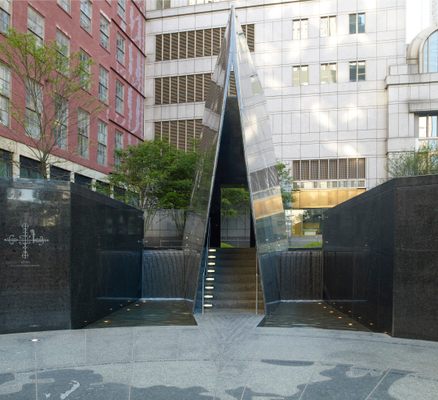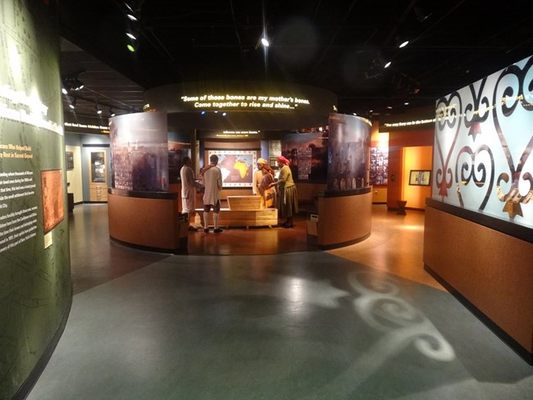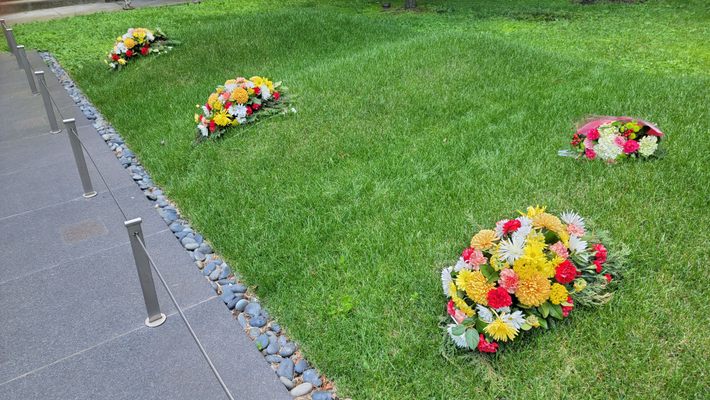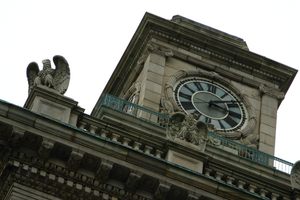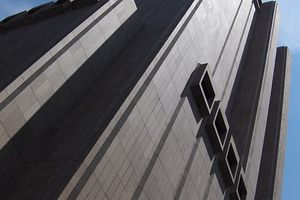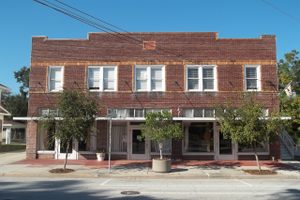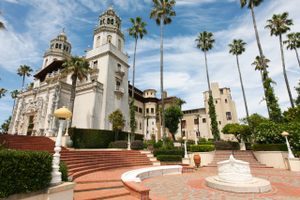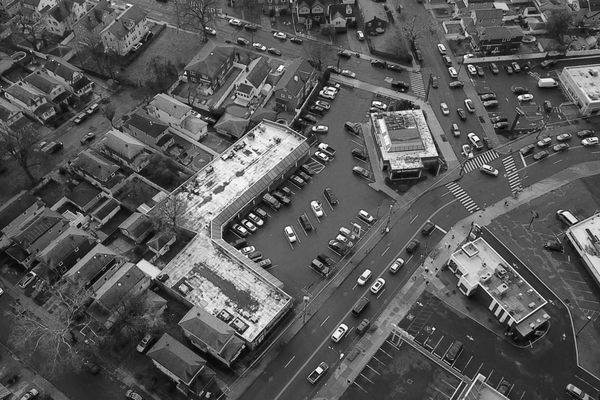About
Beneath several buildings Lower Manhattan, and radiating out in all directions from 290 Broadway, is the oldest and largest known burial ground in North America for both free and enslaved Africans. The burial grounds are now accompanied by a museum and monument dedicated to sharing the stories of the thousands of Africans and African Americans who died in the creation of New York City.
In 1989, preliminary excavations for the construction of a new office building revealed the presence of human remains some 30 feet below Broadway. Further investigation revealed that the busy downtown location was once the site of a six-acre burial ground. Between the 1630s and 1795, the "Negroes Buriel Ground" was a final resting place for more than 15,000 enslaved and free Africans and their descendants.
Soon after its discovery, the long-buried site was named a New York City Historic District and a National Landmark. The remains of 419 people buried at the site were excavated and sent to Howard University for analysis and interpretation. In 2003, the remains were re-buried at the site as part of a week-long series of events called the "Rites of Ancestral Return." Each set of remains was placed in a mahogany coffin that has been hand-carved in Ghana, and buried alongside thousands of handwritten messages written by living descendants.
In 2006, the African Burial Ground was declared a National Monument. Today, there is a visitor center at the site with exhibits, replica artifacts, and a 25-minute video about the history of the burial ground. Outside stands a memorial designed by artist Rodney Leon. The 25-foot (7.6-meter) granite monument features symbols and images of the African Diaspora, a Wall of Remembrance, and an Ancestral Chamber that Leon designed to represent "the soaring African spirit embracing and comforting all those who enter."
Next to the memorial site stands the African Burial Ground Interpretive Center, which was designed by architect Roberta Washington. It provides a backdrop for understanding the historical and cultural significance of the African Burial Ground.
Related Tags
Community Contributors
Added By
Published
June 29, 2019
Updated
February 23, 2022
Sources
- http://robertawashington.com/cultural_commercial/african-burial-ground-interpretive-center/
- https://www.nps.gov/afbg/learn/historyculture/upload/Rodney-Leon-Memorial.pdf
- https://www.rodneyleon.com/african-burial-ground-memorial
- https://www.nypap.org/preservation-history/african-burial-ground/
- https://www.gsa.gov/about-us/regions/welcome-to-the-northeast-caribbean-region-2/about-region-2/african-burial-ground/introduction-to-african-burial-ground-final-reports
- https://www.nps.gov/afbg/learn/historyculture/african-burial-ground-in-history.htm
- https://www.nps.gov/afbg/learn/historyculture/index.htm



